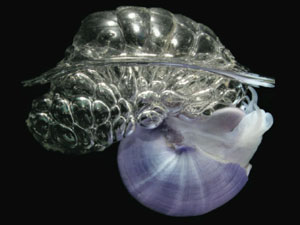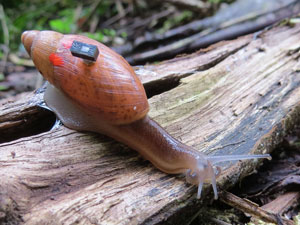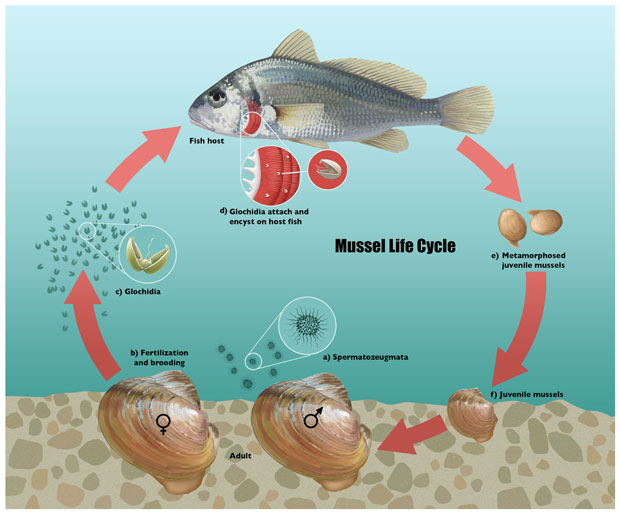Evolutionary Studies of Marine, Terrestrial, and Freshwater Mollusca
Prof. Diarmaid Ó Foighil(Department of Ecology and Evolutionary Biology & Museum of Zoology, University of Michigan, USA)
2023年4月18日(火)16:00~17:30
Molluscan lineages have diversified in all three primary environments – marine, terrestrial, and freshwater – and my talk will present a research project on each one.
For the marine environment, I will focus on the evolutionary biology of neuston species. The neuston is one of the largest (by area), and least diverse, global marine communities and is composed of surface-floating organisms distributed among all 5 subtropical gyre systems. Its ecological base is formed by solar-powered cnidaria: the chondrophore genera Velella and Porpita, and these are preyed upon by two highly specialized gastropod radiations: janthinid snails and glaucinid nudibranchs. Regarding these molluscs, we investigated 1) the evolutionary origins of janthinids and of their unique bubble-raft floats; 2) how genetic differentiation and speciation processes scales across gyres and ocean basins in glaucinids.
We have also researched the conservation biology of Society Islands (French Polynesia) partulid tree snails. They infamously fell victim to a failed biological control experiment involving the introduction of the predator Euglandina rosea. One lineage has differentially survived in the valleys of Tahiti and we were interested in determining what factors have enabled it to endure 50 years of direct exposure to the predator.


Unionoid mussels comprise ~75% of the planet’s freshwater bivalve species and are free-living apart from a brief, obligately parasitic, larval stage that infects fish hosts. We wish to understand how this parasitic larval life history may have shaped unionid mussel diversification.

お問合せ窓口
後藤 龍太郎 goto.ryutaro.8n(at)kyoto-u.ac.jp((at)を@に変えて送信)
